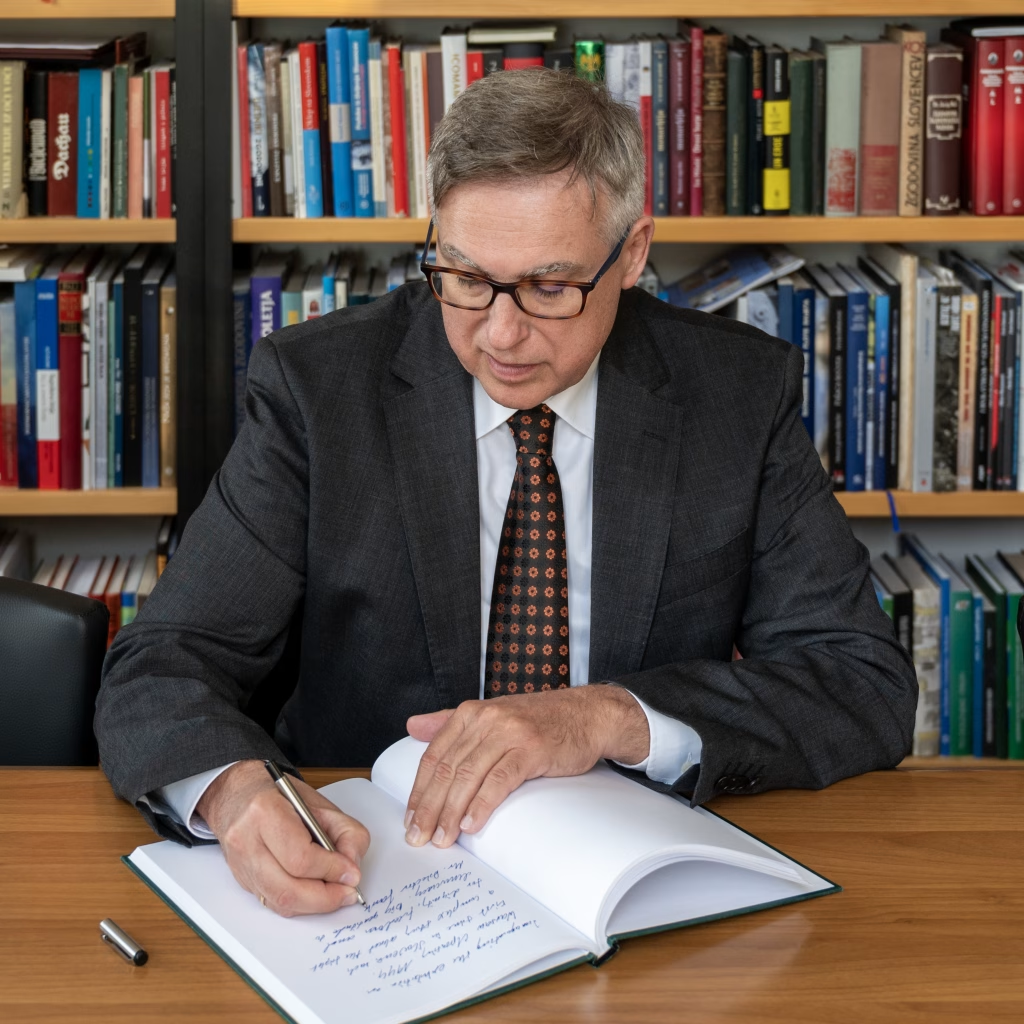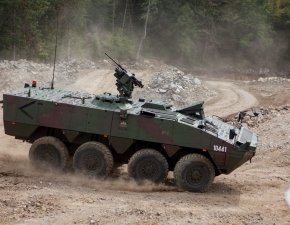
The Opening of the Exhibition »Warsaw Rising 1944«
The Warsaw Rising of 1944 represents one of the most tragic, yet also one of the most heroic periods in the history of the Polish nation. At the end of July 1944, the Polish government in exile decided to initiate a military operation Home Army (Armia Krajowa) with the objective of liberating the Polish capital, Warsaw. The aim was to outflank the advancing Red Army and thus establish the conditions for an independent and sovereign Polish state after the end of the war. The uprising began on 1 August 1944 and was expected to last only a few days. However, Stalin ordered a halt to the Red Army’s penetration of the Vistula River, thus forcing the insurgents, after initial military successes, to fight the Germans alone.
The Warsaw Uprising lasted 63 days and its outcome was appalling. Over 15,000 Home Army soldiers were fallen, and the Germans also killed more than 180,000 inhabitants of Warsaw and deported or imprisoned more than half a million in concentration camps. Many buildings in the city centre had already been destroyed in the fighting, but the Germans nevertheless demolished much of the city in the following weeks in a planned demolition campaign.
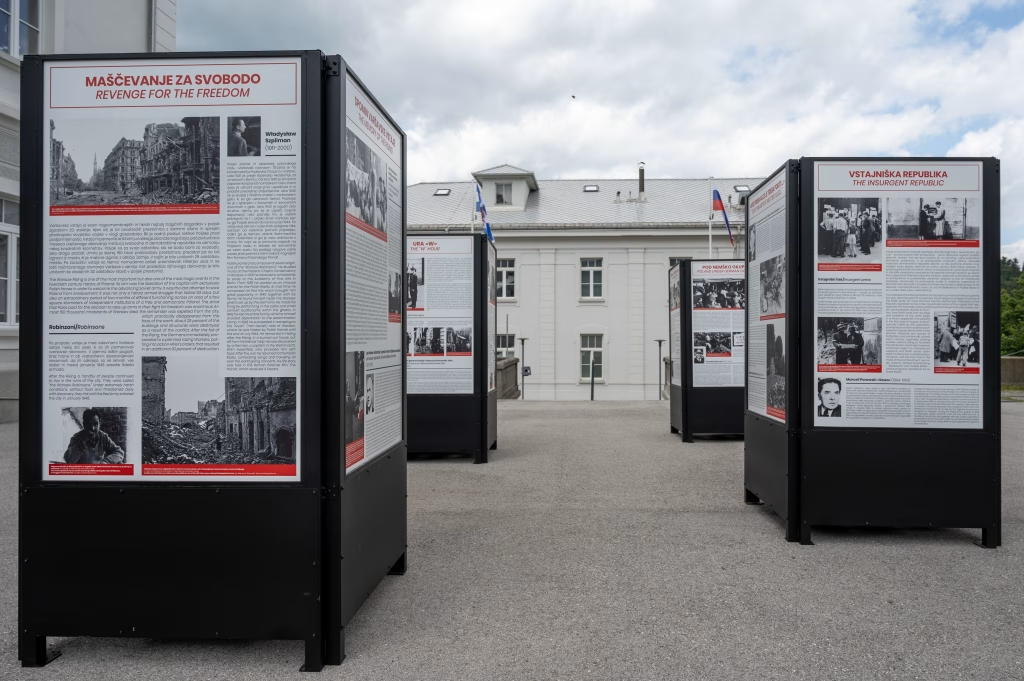
Despite the considerable human and material costs, the Warsaw Rising continues to be a symbol of Polish resistance to foreign domination and a testament to the desire for freedom, democracy, and sovereignty for the Polish state among Poles even after 80 years.
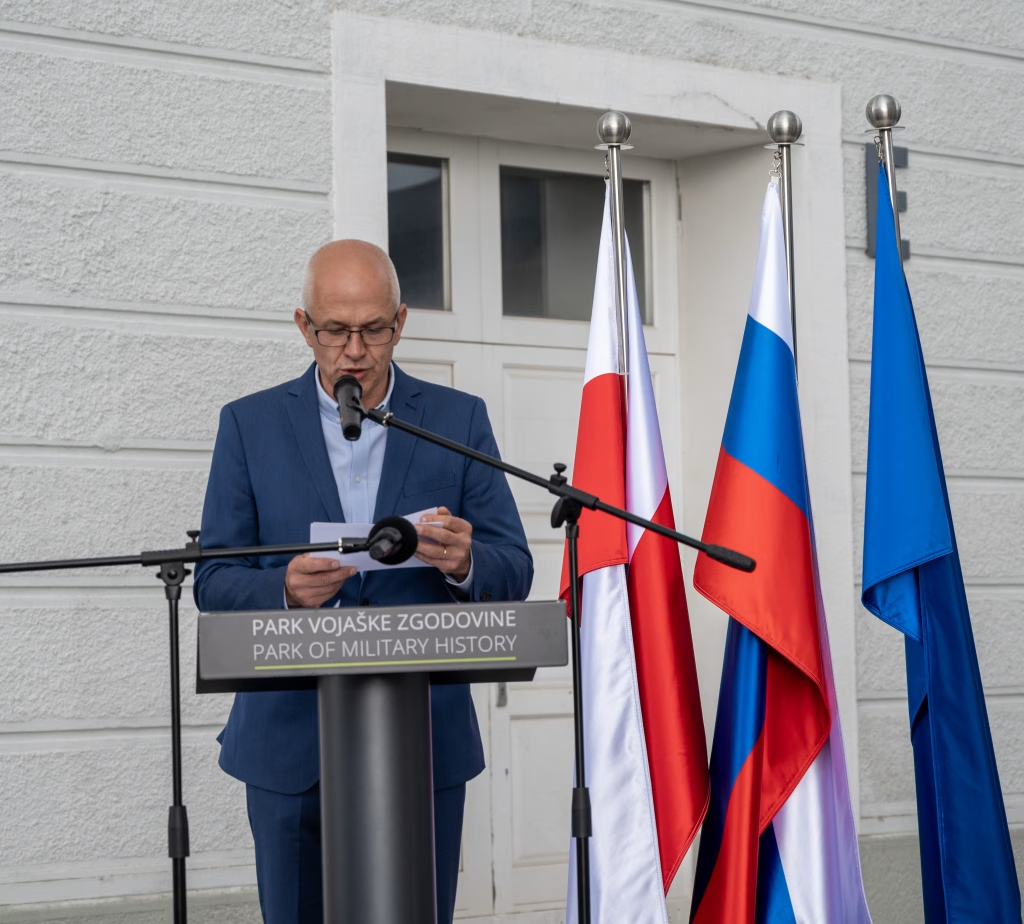
At the suggestion of the Polish Embassy in Slovenia, a museum exhibition organised by the Warsaw Rising Museum was set up in the Park of Military History to commemorate the 80th anniversary of the Warsaw Rising. The exhibition was opened on Saturday, 15 June, as the main event of this year’s Summer Museum Night at the Park of Military History.
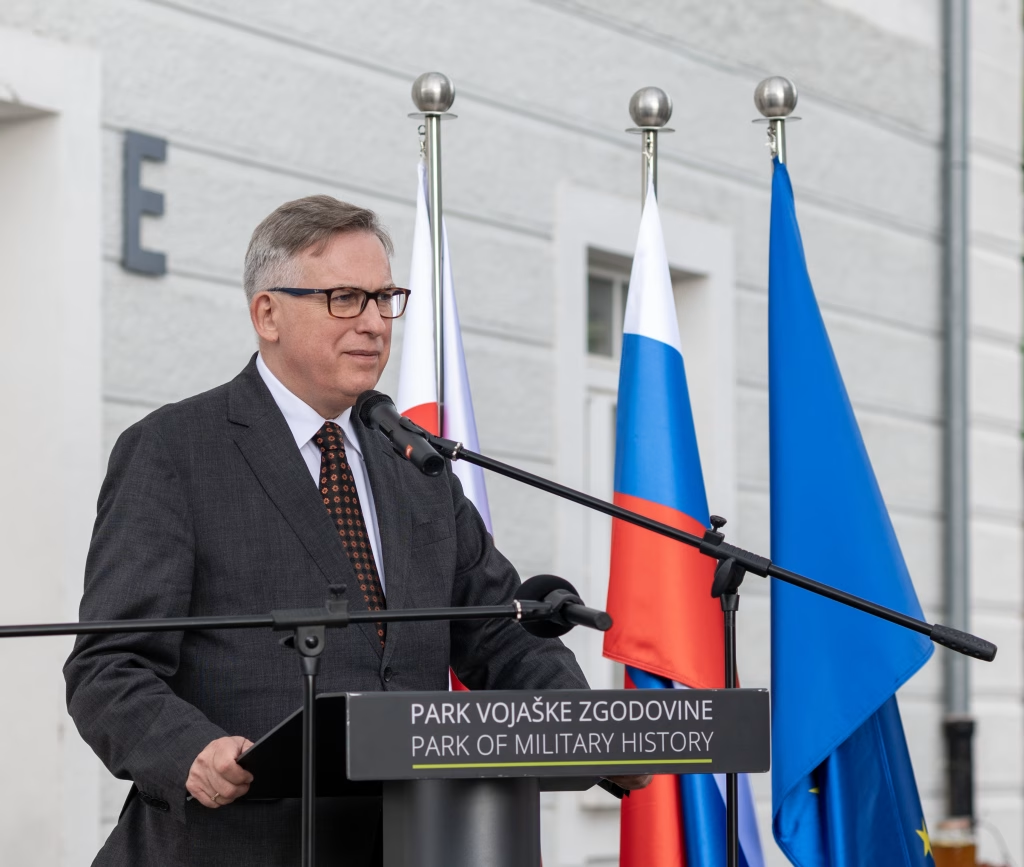
The exhibition was opened by the Ambassador of the Republic of Poland in Slovenia, His Excellency Krzysztof Olendzki. In his opening address, he stressed that the message of the Warsaw Rising is still relevant today and expressed his pride that the exhibition will be hosted at the Park of Military History to preserve the memory of this tragic period in Polish history and to present it to the Slovenian public.
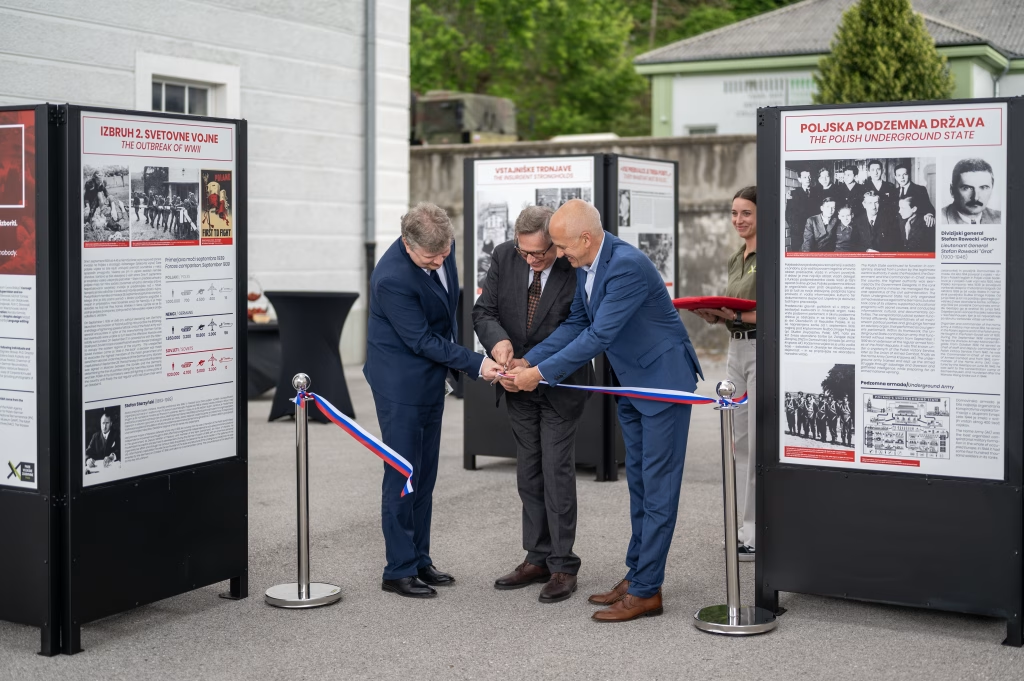
The need to raise awareness about the significance of the Warsaw Rising was also pointed out by the Director of the Park of Military History, M.A., “Why, after 80 years, should we remember one of the most tragic and shocking chapters of Polish history? A chapter full of endless suffering, streams of blood of Home Army soldiers and the blood and tears of wives, children, the elderly… A chapter full of the ruins of a demolished city and the smoke of burnt corpses. But the Warsaw Rising was more than that. It was a true outburst of heroism, of love of country, of love of freedom, of commitment to democracy. That is why I am delighted and can hardly contain the Park of Military History team’s pride of the fact that we are able to host this exhibition. Its opening marked this year’s Summer Museum Night, and the installation will enrich the entire season for our museum.”
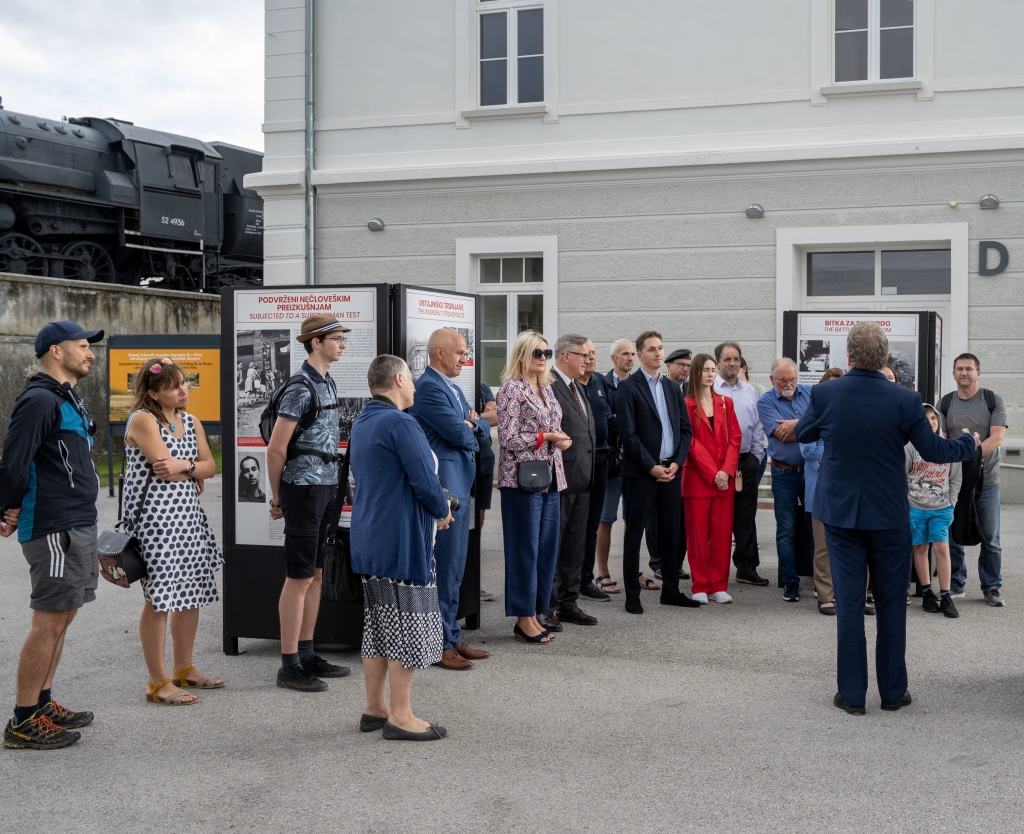
Dr Karol Mazur, Head of the Education Department of the Warsaw Rising Museum, attended the opening of the exhibition and guided the guests of honour and the first group of visitors through the exhibition.
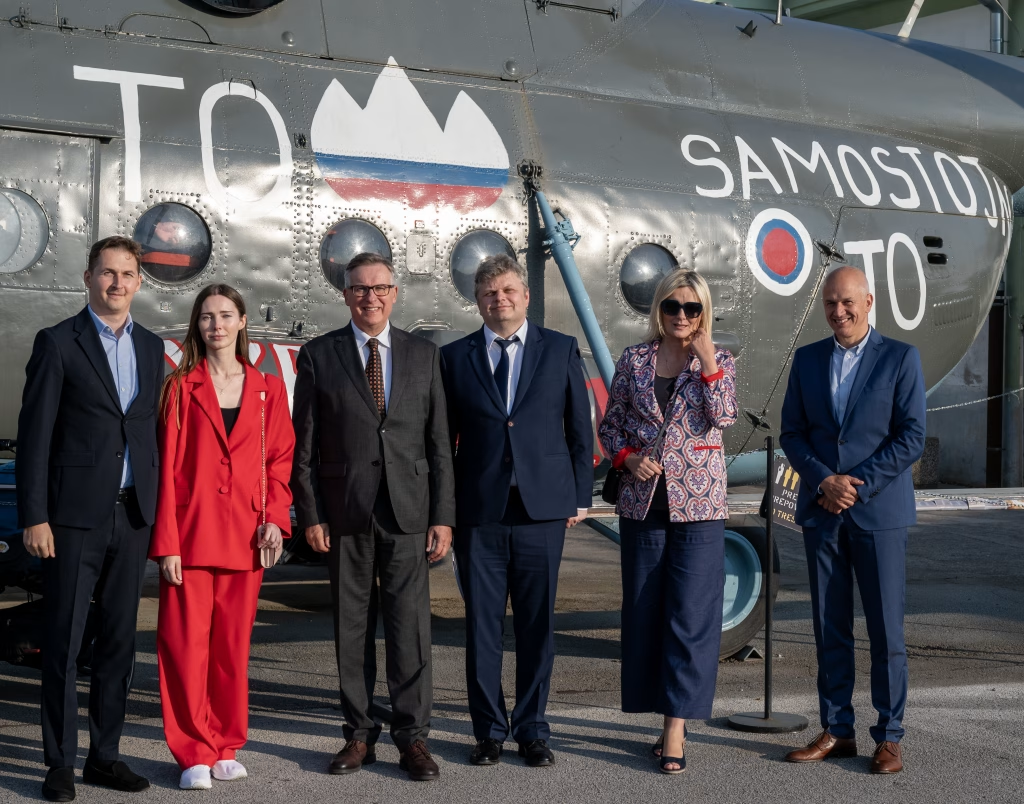
The exhibition will be on display at the Park of Military History until October. It is accompanied by two films, a short film “City of Ruins” (duration: 6 minutes), which is screened daily, and a unique reconstructed documentary “Warsaw Rising”, directed by J. Komasa (duration: 83 min), which will be screened every Saturday and Sunday.
